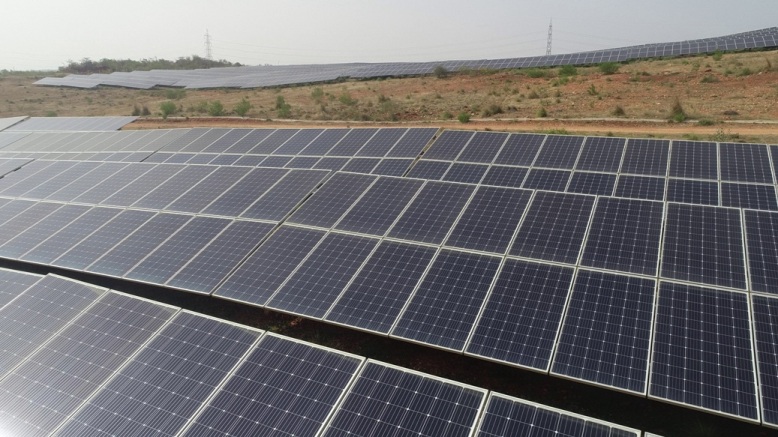Uttar Pradesh has seen the highest number of solar open access installations in the fisrt half (January to June) of 2021, according to a recent report by Mercom.
According to “Mercom India Solar Open Access Market Report Q2 2021,” India saw a total of 628 mw of solar open access (OA) installations in the first six months of 2021. Of this, Uttar Pradesh accounted for the highest number of installations (by capacity), followed by Maharashtra and Tamil Nadu.
As against the 628 mw worth of solar OA installations in the first half of 2021, the comparable figures in 2020 stood at a much lower 47 mw.
The cumulative solar installations in the open access market have now surpassed 4.5 GW as of June 30, 2021. Karnataka was the largest market for solar open access, with respect to cumulative installations as of June 30, 2021. This southern state was followed by Rajasthan, Madhya Pradesh, Andhra Pradesh, and Tamil Nadu, in that order. These top five states account for approximately 73 per cent of India’s total solar open access market.
The pipeline for solar OA projects under development and in pre-construction phase is estimated to be over 1 GW.
In Q2 2021, the largest solar open access projects capacity was developed in Uttar Pradesh, followed by Chhattisgarh and Maharashtra. The top three states accounted for 83 per cent of installations in the quarter.
Also read: IRCON International Wins 500-Mw Solar Power Project In IREDA Auction
According to the report, more conducive policies for setting up open access projects can be found in Uttar Pradesh, Rajasthan, and Chhattisgarh. The commercial segment has potential for captive open access projects in Maharashtra.
The average open access tariff in the states covered in this report ranged from Rs.3.50-5.00 per kwh, with a yearly escalation of 1-2 per cent depending on contract terms.
“Regulatory inconsistencies and policy U-turns have been the major roadblocks in the expansion of solar open access projects. States also have been levying new charges or increasing the existing ones to ensure they do not lose out on their high tariff paying consumers,” the report said.
Featured photograph for illustration only



